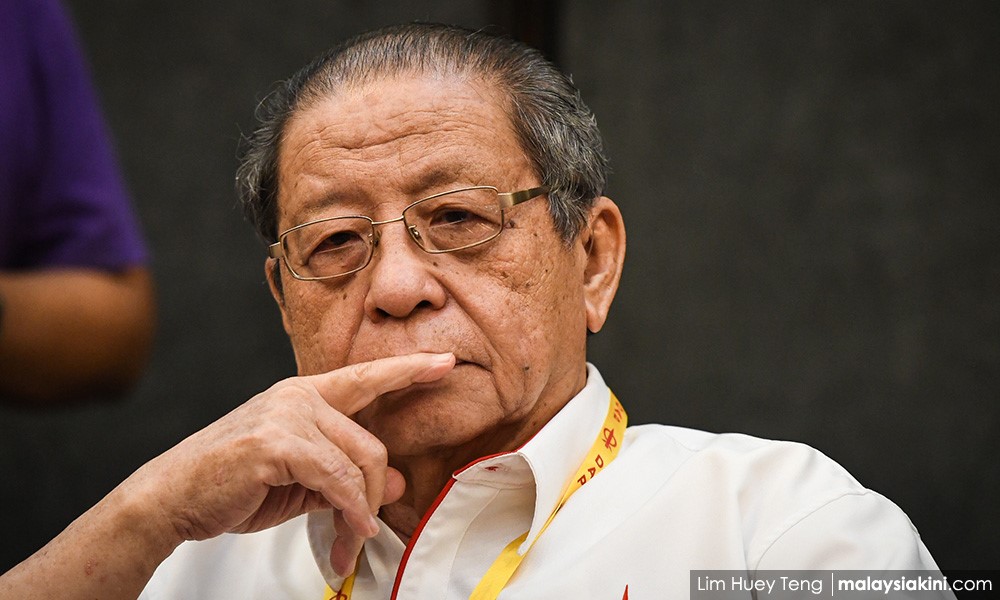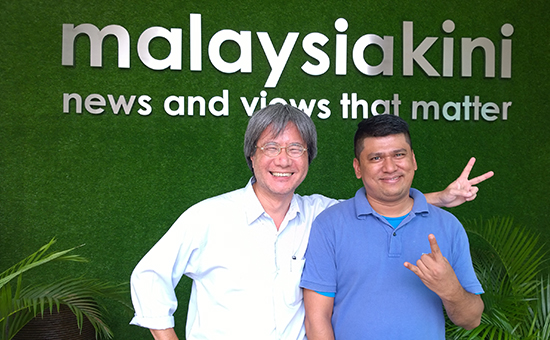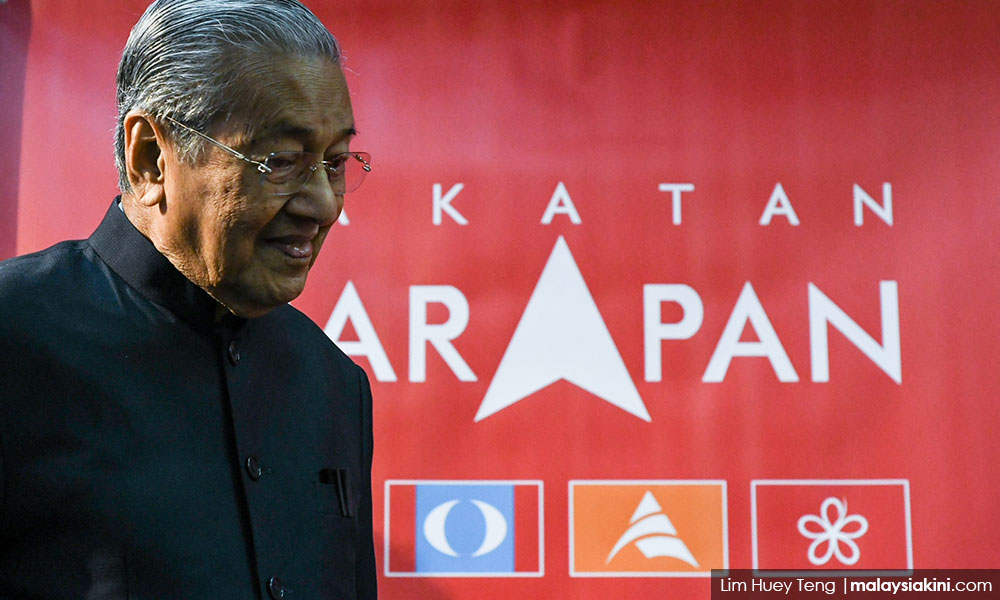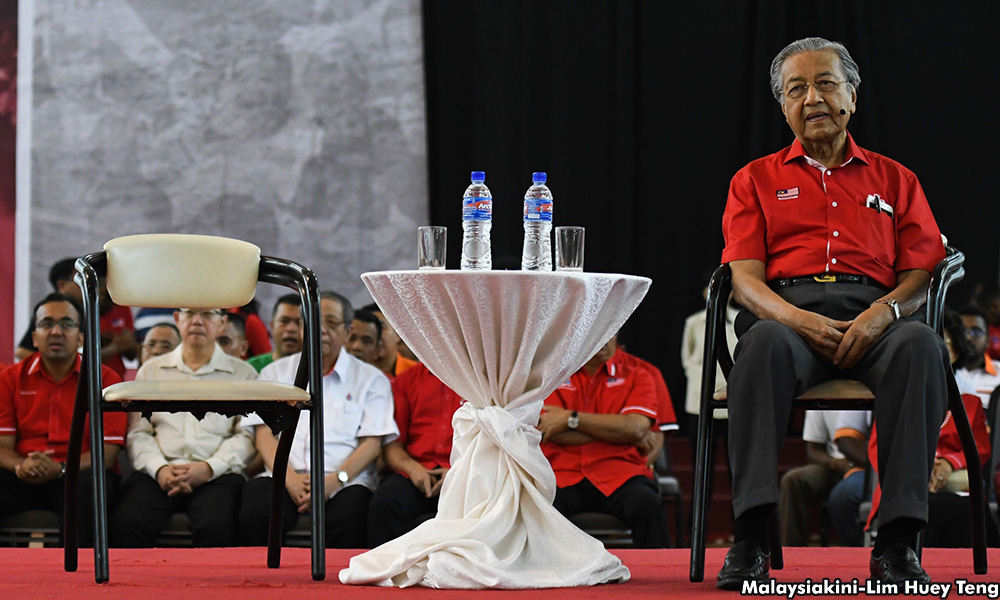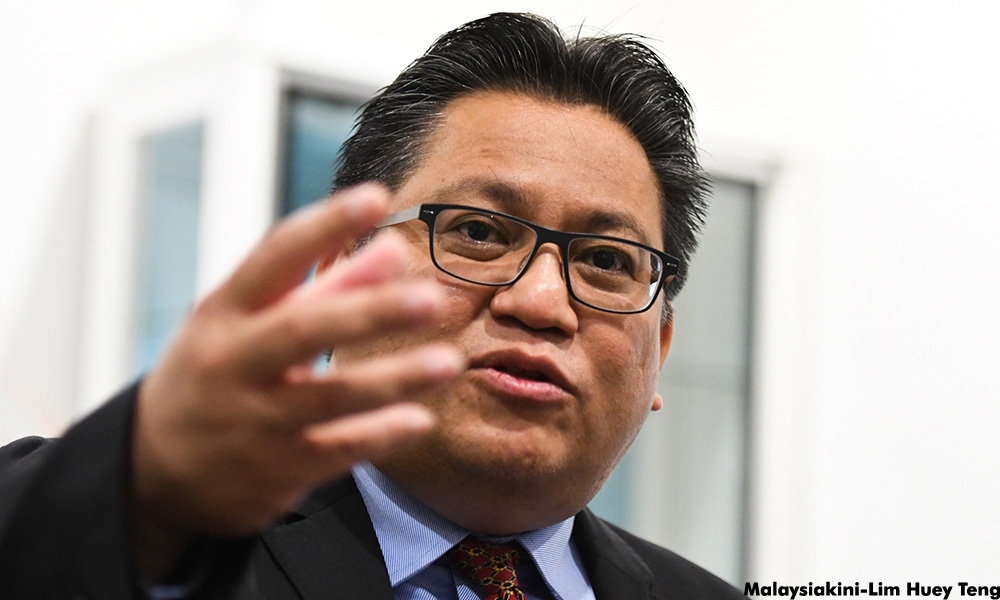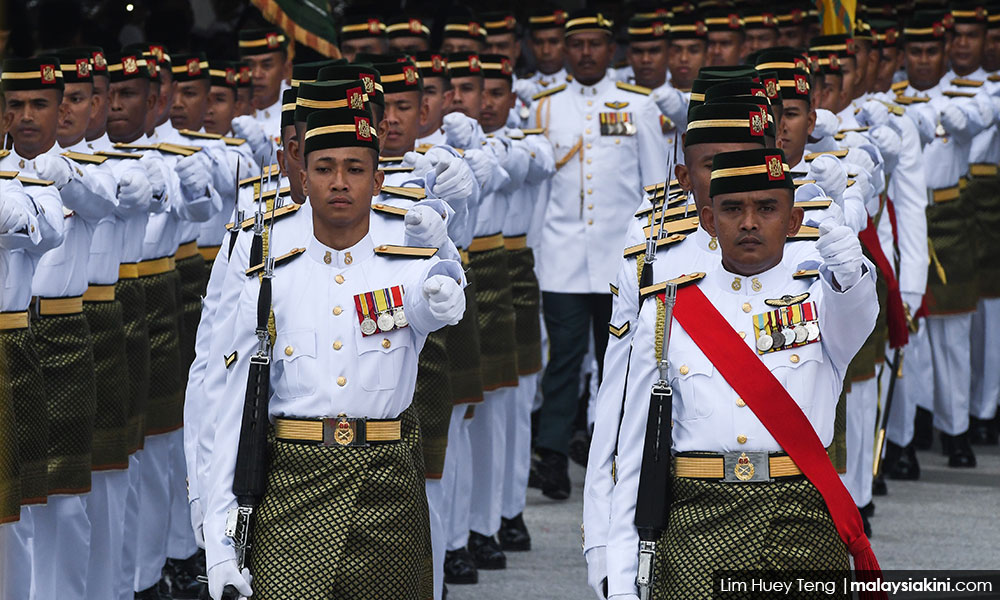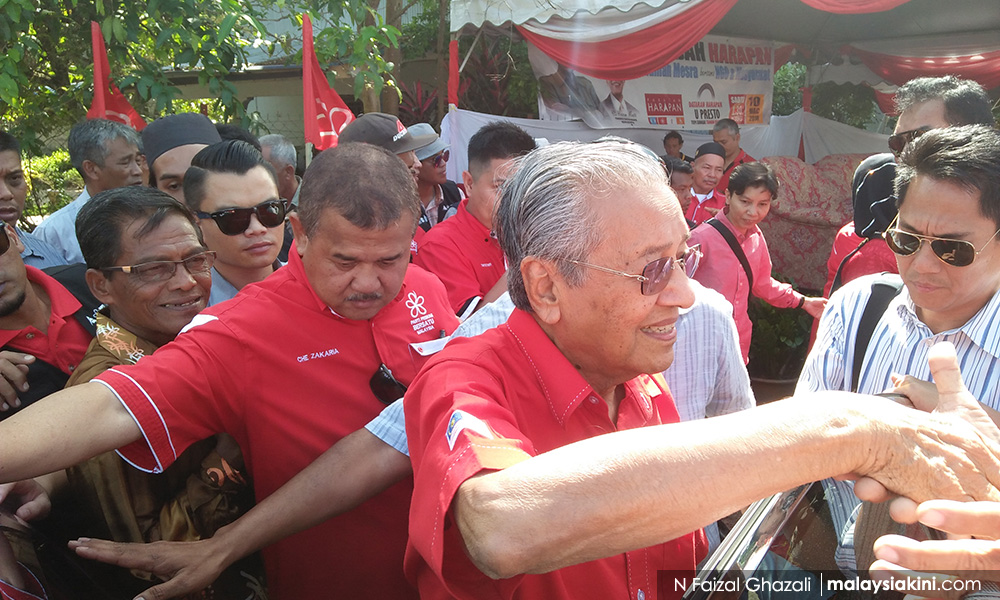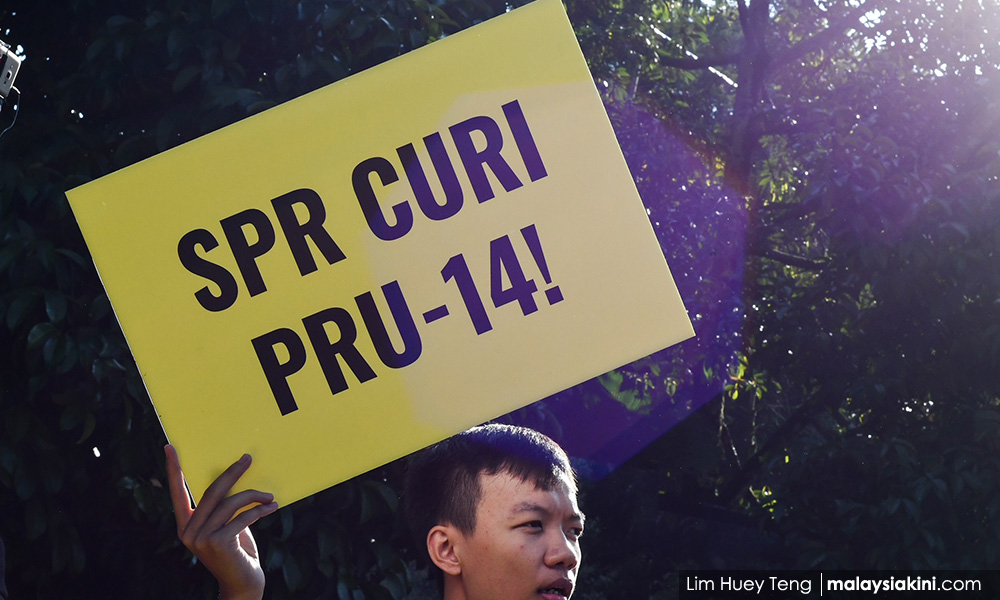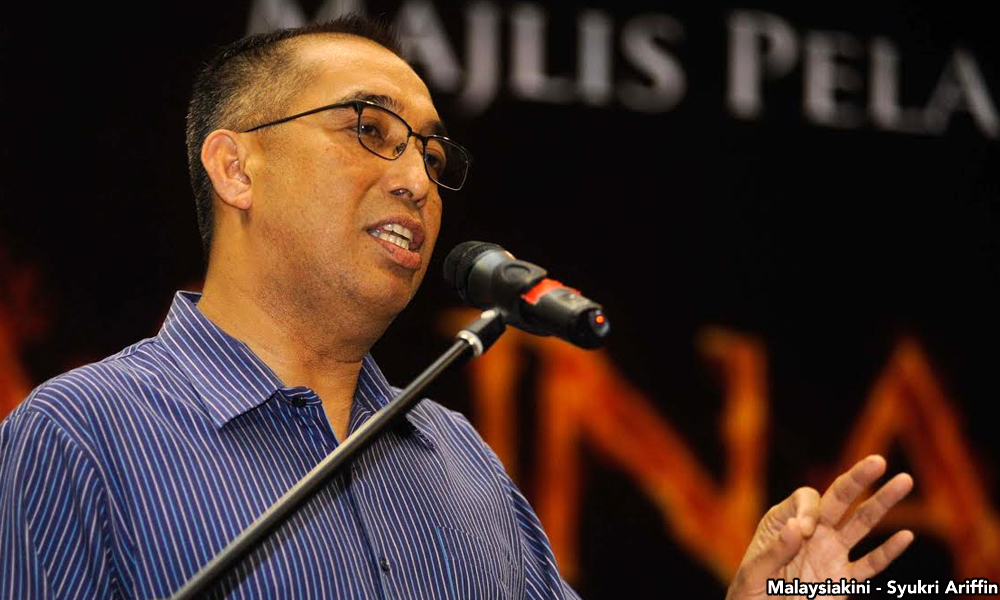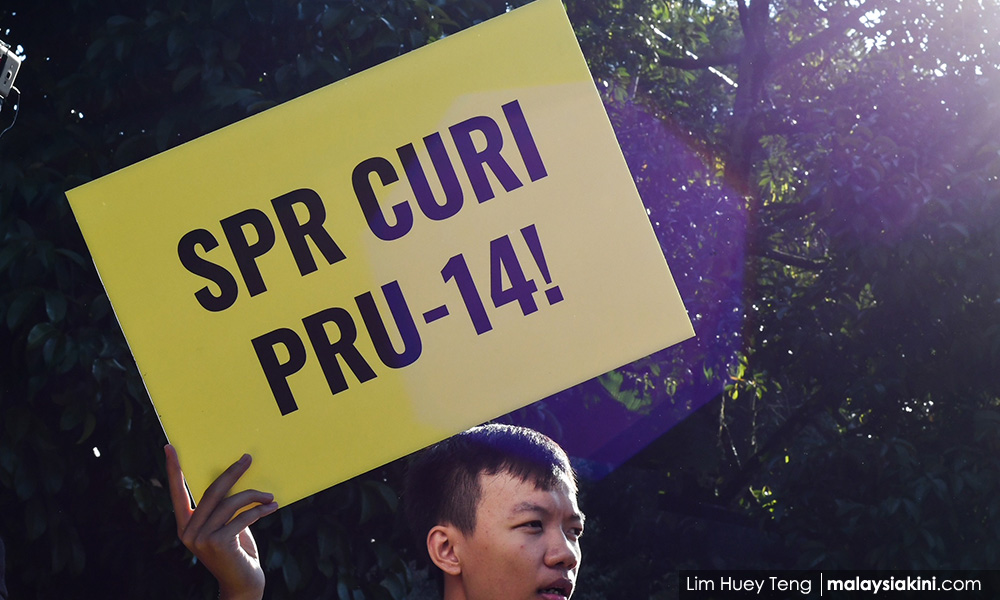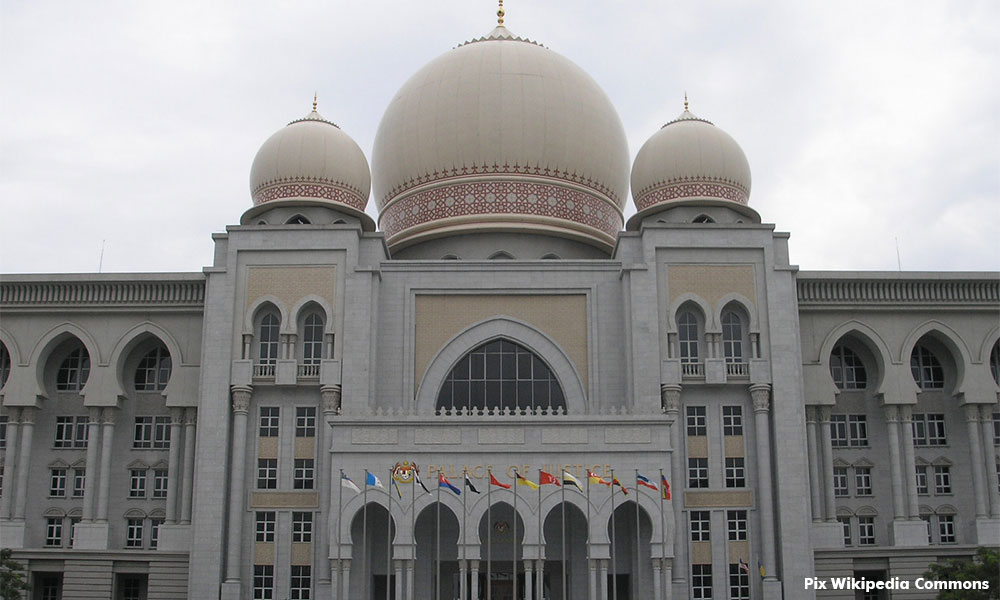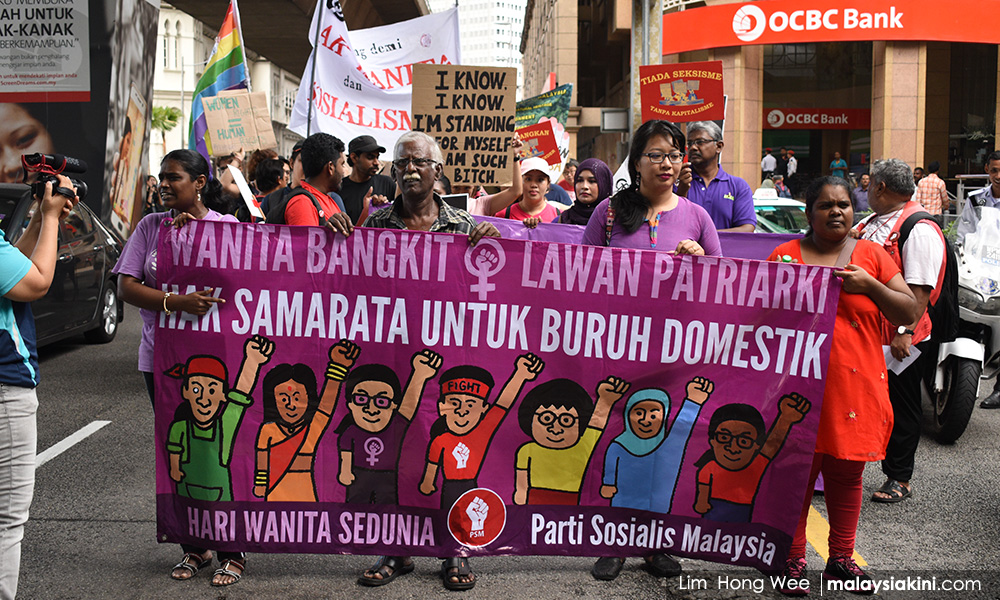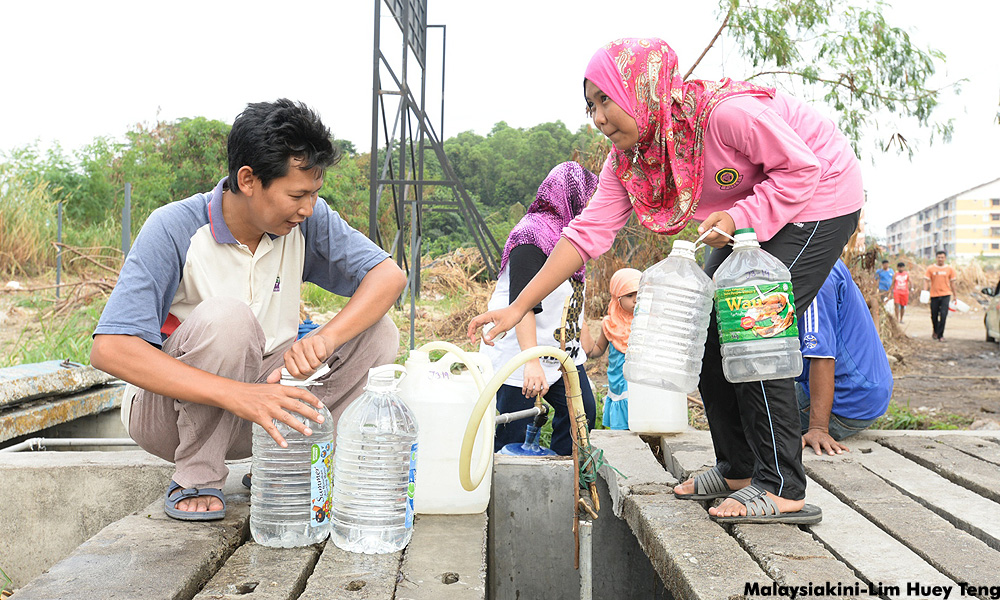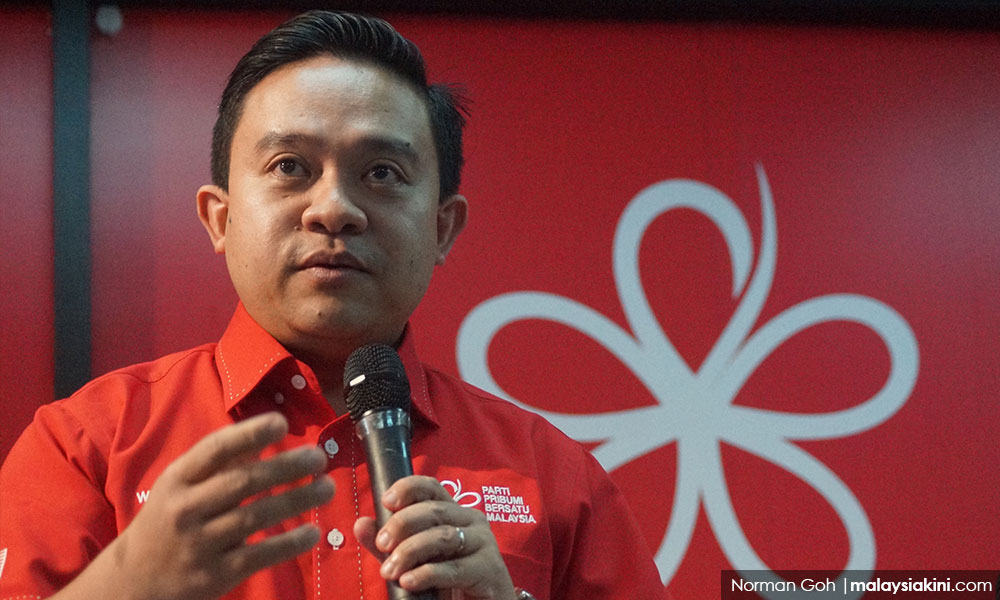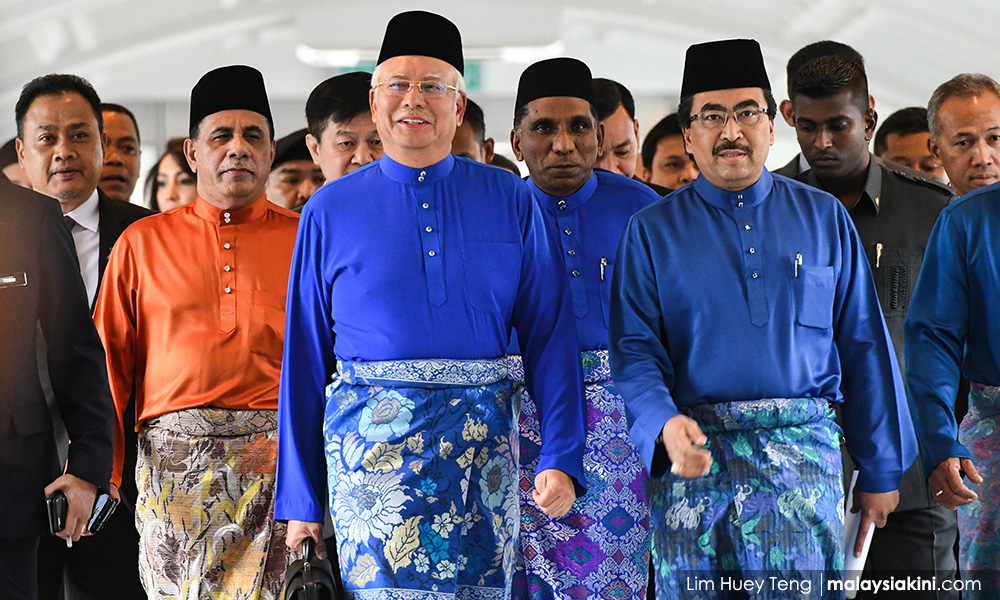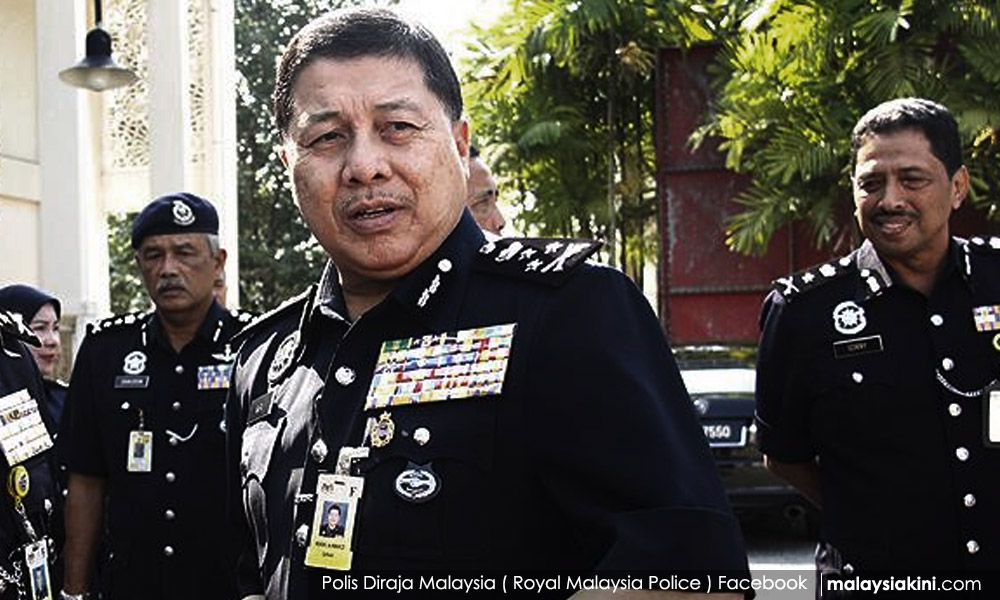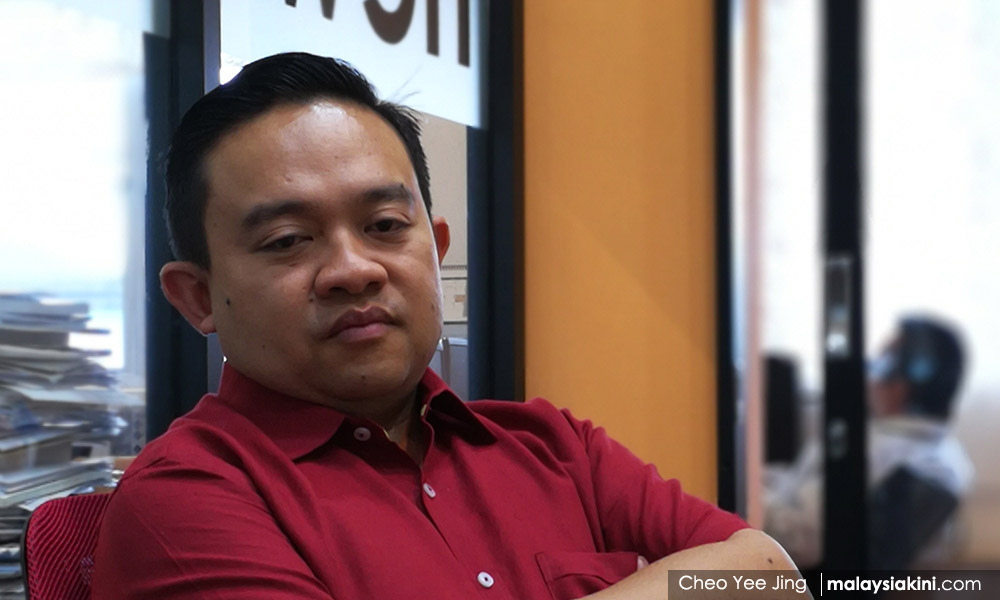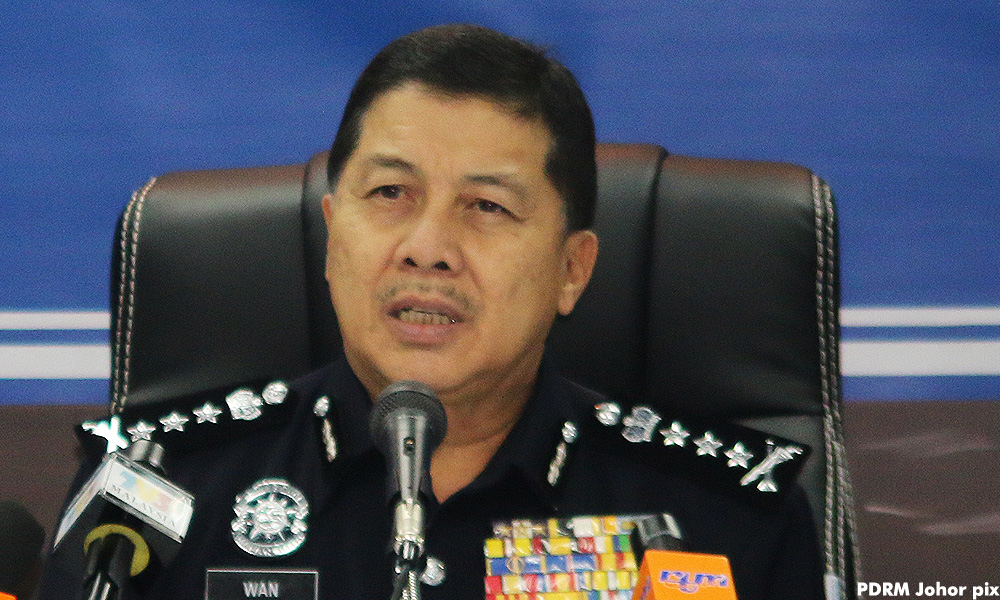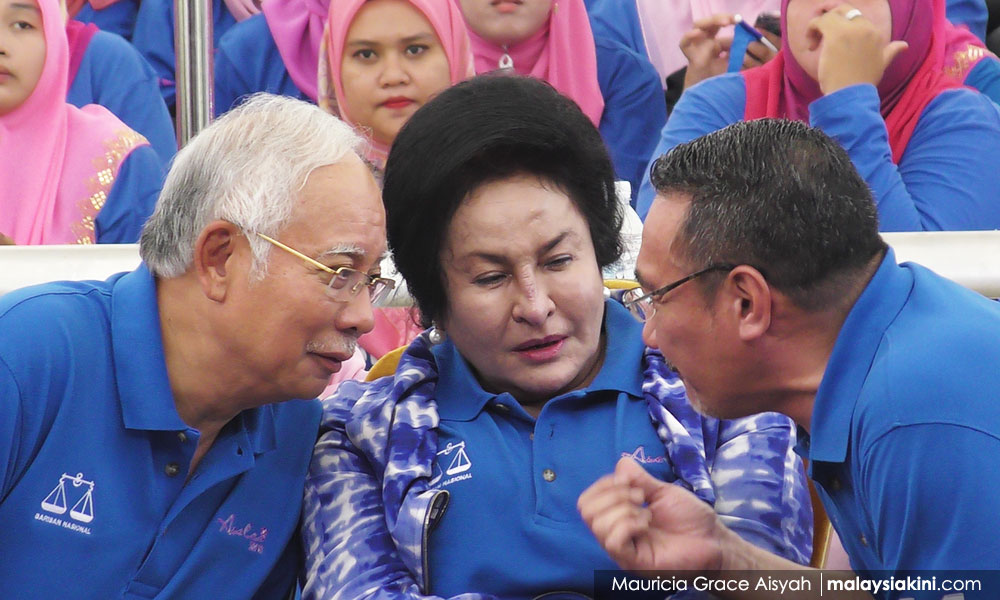-Dr. Paul Newman, March 3, 2015.
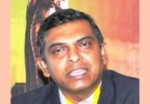 How can we return without a permanent political Solution? – Eelam Tamil refugees in Tamilnadu – the dilemma continues
How can we return without a permanent political Solution? – Eelam Tamil refugees in Tamilnadu – the dilemma continues
On the 24th of February, the Loyola Institute of Social Science Training and Research (LISSTAR) Loyola College, Chennai had organized a one day seminar on ‘United Convention on Refugees and Statelessness’. I was invited to moderate a session on Life in Exile – Experience sharing by a panel of Refugees; it included two Eelam Tamil refugees, a Tibetan, a Bhutanese and a couple of African refugees.
One of the panelists, a young student in his mid 20s, works for OfERR (Organization for Eelam Refugees Rehabilitation), an organization of the Tamil refugees working in the camps. They have vigorously advocated the cause of the return of the Eelam Tamil refugees to their homeland from the days of Mahinda Rajapaksa.
This young man too toed the same line of his organization and felt the conditions were conducive for return without making a ground level assessment of the present living conditions of the Tamils in the North and East.
Mr. S.C. Chandrahasan, the treasurer of OfERR had earlier recalled that President Mahinda Rajapaksa, in a public speech two years ago, had called on all Sri Lankans who fled the war to return to the country.“This was a very encouraging statement, and it was on this basis that we have been following up by trying to facilitate the return of the refugees back to Sri Lanka,”[1].
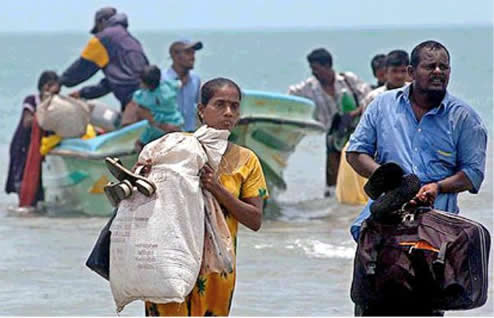 Earlier on the 17th of February, the Governor of Tamilnadu in his opening address in the Tamilnadu assembly made it amply clear that the government of Tamilnadu is completely opposed to the return of the Eelam Tamils as there are many unresolved issues in Sri Lanka.
Earlier on the 17th of February, the Governor of Tamilnadu in his opening address in the Tamilnadu assembly made it amply clear that the government of Tamilnadu is completely opposed to the return of the Eelam Tamils as there are many unresolved issues in Sri Lanka.
“The government is of the view that voluntary repatriation can be countenanced only after proper rehabilitation of internally displaced Sri Lankan Tamils,” Governor K Rosiah said delivering his customary address to the state assembly session that began its sitting in Chennai. “This government is committed to the peaceful, just and honourable resettlement of Sri Lankan Tamils Refugees and is of the view that the voluntary repatriation be taken up only after the autonomy and democratic rights of minority tamils are fully restored and sufficient economic and political measures taken to create a congenial atmoshphere for the return of refugees”, he said while endorsing the state government’s stand on the issue[2].
There are a total of 1,02,055 refugees belonging to 34,524 families in Tamil Nadu. 64,924 of them, belonging to 19,625 families, were living in 107 refugee camps.Between 1987 and 1989, some 25,600 refugees went back to Sri Lanka. Between 1992 and 1995 an estimated 54,000 refugees were repatriated to Sri Lanka.[3]
On the other hand the other panelist, a senior person in his 50s working for another NGO, has lived in Tamilnadu as a refugee from 1996, echoed the fears of a majority of the refugees. Many of them including him had sought refuge in Tamilnadu after the black July in 1983. They had returned in 1987, only to start seeking refuge again from 1990. He did not want a repeat of the same scenario.
He raised another important question, that of the Tamils of Indian origin or the Estate Tamils, who were rendered stateless in 1948. They constituted 45% of the Eelam refugee population living in the camps. He echoed the feeling that one election cannot change the situation as those running the government were the same people who had worked at different points of time as part of successive genocidal regimes. There were still IDP camps in the North.
The last organized repatriation of the Tamil refugees from Tamil Nadu was from 1992 to 1995 when 54,000 refugees were sent back. These people had to settle down in Sithamparapuram camp in Vavuniya for years and many returned to India. Such a situation must not be repeated again where it is a shifting of refugees from the camps in Tamilnadu to more dreaded camps in Sri Lanka.
A survey by Tata Institute of Social Sciences (TISS), Mumbai, conducted among the one lakh odd Sri Lankan Tamil refugees in India in November, found that 67 per cent of those interviewed wanted to remain in India.
Only 23 per cent of the 520 families surveyed wanted to return to the island nation, while four per cent wanted to migrate to a third country where they have relations, according to the survey.[4]
Though these refugees live in Tamilnadu as people without an identity, living in cramped camp conditions with a restriction of movement imposed on them. This model refugee community has produced more than 3,500 graduates and post graduates.
Their fears loom large as the High Security Zones persist in the north and east, what further supports their claim not to return is the large scale presence of the armed forces equipped with civil duty powers. The land confiscated from the Tamils is yet to be returned. The newly appointed civilian Governors are Sinhalese who on many occasions had been part of Sinhala regimes which had made them refugees. The Draconian Prevention of Terrorism Act (PTA) is still intact. There have been no fresh livelihood initiatives undertaken.
Though these people have been rendered voiceless, they are thankful to India for their lives have been protected and the rule of law guaranteed. Though they know there is a very bleak future as refugees, they have an intense fear for life which prevents them from taking the bold decision to return.
There is also a feeling among the refugees that by initiating the return of refugees the present regime might tell the UNHRC that things were returning to normal and there is no real need for the OISL report to be presented in September. A domestic inquiry would suffice.
At the end the senior refugee summed up well when he acknowledged that he loves his motherland but loves his mother tongue more than anything else. “How can we return without a permanent political Solution?” He asked the audience. Representatives from the UNHCR, many academics, students and policy makers were part of the audience. There was no answer to this question from any quarter. The only answer was an uneasy tearful silence.


